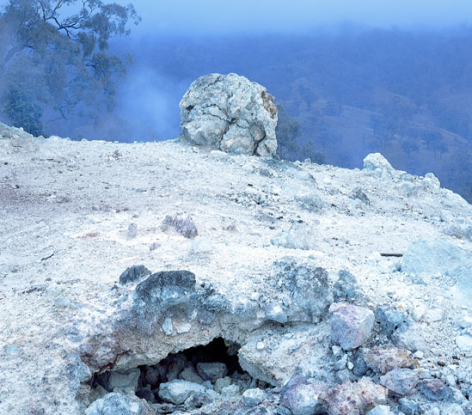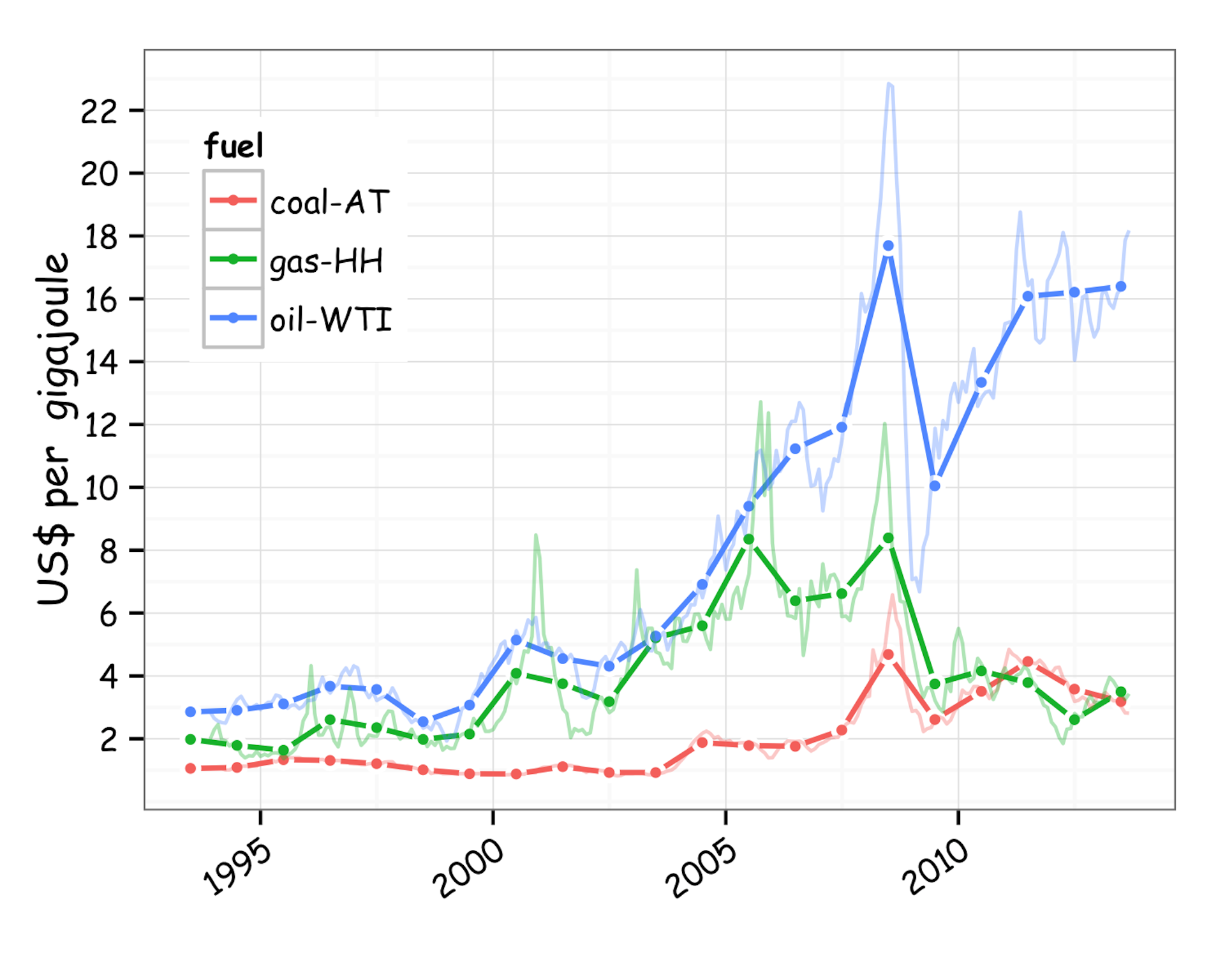
The entire project to extinguish this coal will disturb just two acres. Another two piles are burning at the Seagull Mine two miles away in Meetinghouse Canyon. The old Helco Mine is located in Rilda Canyon, where six waste sites, including an exposed pile measuring 28 by 124 feet, are burning near a collection system used by a municipal water provider, according to the environmental analysis. If it does somehow grow, we will be on top of it.”Ĭoal waste, on the other hand, burns at the surface, where it can pose a bigger threat but is easier to extinguish. The fire accessed the seam through two auxiliary portals that had been forgotten about and left open, one serving as an emergency exit and the other for ventilation.ĭOGM tried to extinguish the seam, but those efforts failed and that fire continues to smolder. Not far from the canyons affected by the Trail Mountain Fire, the 2012 Seeley Fire ignited a coal seam when it burned over the abandoned Star Point Mine, according to Fluke. Underground coal seams are also known to ignite and burn for decades, such as one in Centralia, Pa., that has burned since 1962 and is expected to keep doing so for another 250 years. No flames are showing and not much fuel remains it the wake of the Trail Mountain Fire, which burned in Emery County after a prescribed fire escaped its containment lines. “You would have a hard time finding it even if you knew where to look,” Olsen said. While the uncontrolled burning of coal may seem alarming, this scenario is neither uncommon nor does it pose an immediate threat to the environment or public safety, according to Darren Olsen, a district ranger on the Manti-La Sal National Forest. The agency is awaiting final approval for the project from the federal Office of Surface Mining Reclamation and Enforcement. "If it doesn’t go out, we will dig it out and spread it around.”

… We will dig in, spray water in it and mix clean soil to dilute the percentage of coal," he said. The fix is hoped to be simple and uneventful, according to Steve Fluke, who heads DOGM’s abandoned-mine-reclamation program.

The unburned coal is in a relatively stable state, but the lingering combustion would turn into powdery ash that will increase the potential for erosion and could trigger new wildfires as the vegetation grows back.

“The gases are a detriment to air quality in the area, and burning coal on the ground surface creates a physical safety hazard for people and wildlife.” “If the coal waste fires are left unchecked, they will likely burn through the remaining waste coal for many months, emit dangerous gases, and kill or burn vegetation in the area,” the report states. Next month, the Utah Division of Oil, Gas and Mining (DOGM) plans to expose this burning coal to extinguish it as part of a new reclamation plan to address what is described as “an emergency situation” in the agency’s recently released environmental assessment. Last June’s Trail Mountain Fire, which charred 18,000 acres of Utah coal country in the Manti-La Sal National Forest, ignited several coal-waste sites northwest of Huntington. Now, a year later, that waste is burning. Out of sight, out of mind - until flames swept across thousands of forested acres in 2018. Crews sealed their openings, buried piles of coal waste under several inches of dirt, and reseeded the ground. More than 30 years ago, the Helco and Seagull coal mines in central Utah were reclaimed after productive lives dating back to the 1920s.


 0 kommentar(er)
0 kommentar(er)
